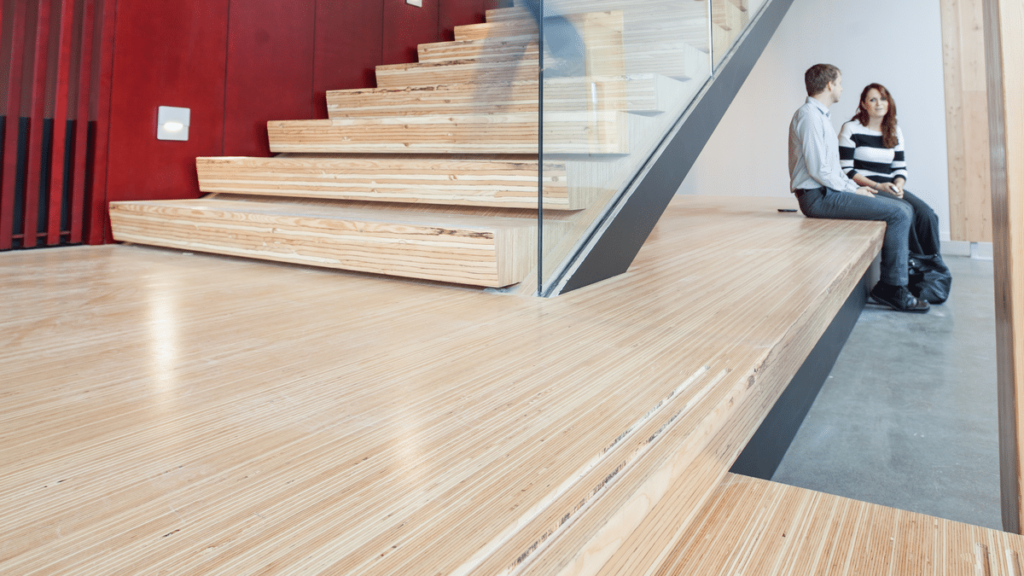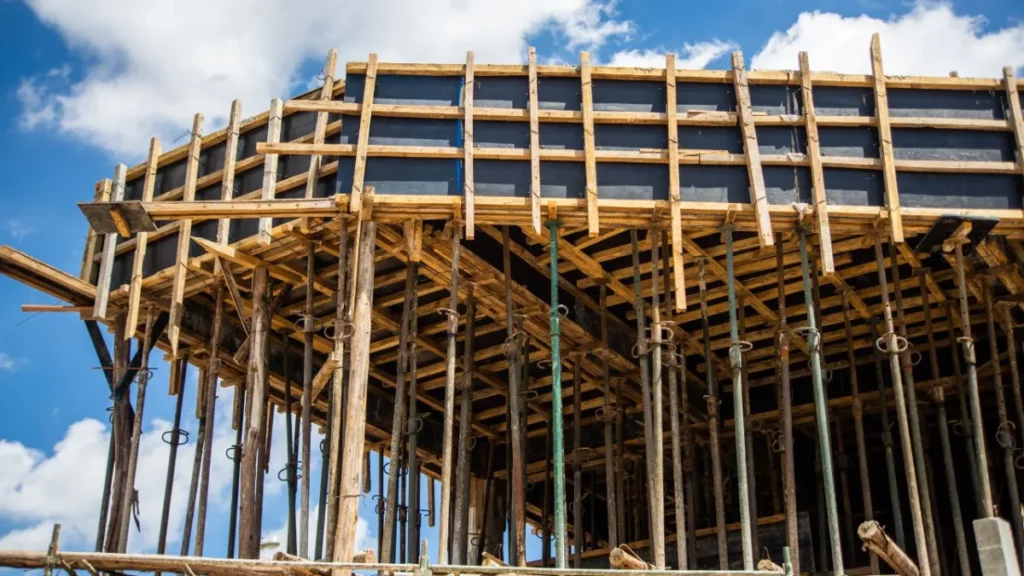What to Know About LVL Formwork Prices and How They Impact Your Budget
By Amelie Falconer / March 25, 2025 / No Comments / LVL Formwork
Table of Contents
ToggleIn the construction industry, the choice of materials can significantly affect both the quality of the build and the overall budget. One such material that has gained popularity in recent years is Laminated Veneer Lumber (LVL). This engineered wood product is often used in formwork due to its strength, durability, and versatility. Understanding LVL formwork prices is essential for project managers and builders alike, as it directly impacts the financial planning of any construction project.
Understanding LVL Formwork
LVL is created by bonding together thin layers of wood veneer with adhesives under heat and pressure. This process results in a strong and stable product that is less prone to warping and shrinking compared to traditional timber. LVL formwork is commonly used in concrete construction, providing a reliable framework for pouring and setting concrete.
One of the primary advantages of LVL formwork is its ability to bear heavy loads while maintaining structural integrity. This makes it suitable for a variety of applications, from residential buildings to large commercial structures. Furthermore, the consistency of LVL ensures that the formwork can be reused multiple times, making it a cost-effective solution in the long run.

Benefits of Using LVL Formwork
There are several benefits associated with using LVL formwork in construction projects. Firstly, its lightweight nature makes it easier to handle and transport, reducing labour costs. Secondly, LVL is resistant to moisture, which helps maintain its strength and shape, even in damp conditions.
Additionally, LVL formwork is highly customizable. It can be cut and shaped to fit specific project requirements, allowing for greater flexibility in design. This adaptability can lead to more efficient construction processes and ultimately save time and money. Moreover, the smooth surface of LVL reduces the likelihood of concrete adhesion, which simplifies the stripping process after the concrete has set, further enhancing productivity on site.
Another significant advantage of LVL formwork is its environmental sustainability. Since LVL is manufactured from renewable timber resources, it presents a more eco-friendly alternative to other materials like steel or plastic. The production process of LVL also utilises less energy compared to these alternatives, contributing to a lower carbon footprint for construction projects. As the construction industry increasingly prioritises sustainability, the use of LVL formwork aligns well with these evolving values, making it an attractive choice for modern builders and developers.
Read about reo bars at: The Importance of Reo Bar for Reinforced Concrete Structures
Factors Influencing LVL Formwork Prices
When considering LVL formwork for a project, it is crucial to understand the various factors that can influence pricing. These factors can vary widely depending on the specifics of the project and the supplier chosen.
Material Quality
The quality of the LVL itself plays a significant role in determining its price. Higher-quality LVL products, which are manufactured with superior adhesives and veneers, tend to be more expensive. However, investing in quality materials can lead to long-term savings through reduced maintenance and increased durability. Furthermore, premium LVL products often undergo rigorous testing to meet industry standards, ensuring that they can withstand the stresses of construction without compromising structural integrity. This added assurance can be particularly valuable for large-scale projects where safety and reliability are paramount. Read more about stresses on https://www.montana.edu/extension/wellness/stress-management/mt_farm_stress_clearing_house/what_is_stress.html
Size and Thickness
The dimensions of the LVL formwork required for a project will also affect the overall cost. Larger and thicker pieces of LVL will naturally be more expensive due to the increased amount of raw material used. It is essential to accurately calculate the necessary dimensions to avoid overspending. Additionally, the specific requirements of the project, such as load-bearing capacities and environmental conditions, may necessitate bespoke sizes or treatments, further influencing the price. Customised solutions can provide enhanced performance but may also lead to higher costs, making it vital to balance needs with budget constraints.

Supplier and Location
The choice of supplier can significantly impact LVL formwork prices. Different suppliers may offer varying price points based on their sourcing, manufacturing processes, and market position. Additionally, geographical location can influence costs due to transportation fees and regional demand for LVL products. For instance, suppliers located near timber mills may have a cost advantage due to reduced shipping expenses, while those in urban areas may face higher overheads. It is also worth noting that some suppliers may offer discounts for bulk purchases or long-term contracts, which can be beneficial for larger projects. Engaging with multiple suppliers to compare prices and services can lead to more informed decisions and potential savings.
Estimating Your Budget
Creating an accurate budget for LVL formwork involves careful planning and consideration of all associated costs. This includes not only the price of the material itself but also labour, transportation, and any additional equipment needed for installation.
Material Costs
Begin by obtaining quotes from multiple suppliers to compare prices. Ensure that the quotes include all relevant details, such as the type and grade of LVL, dimensions, and delivery fees. This will provide a clearer picture of the material costs involved. Furthermore, it is wise to consider the long-term durability and performance of the LVL being sourced. Higher-grade materials may come at a premium but can offer better resistance to moisture and warping, ultimately saving costs on repairs and replacements in the future. Additionally, some suppliers may offer discounts for bulk purchases, which could be beneficial if your project requires a significant quantity of LVL. Click here to find more about resistance.
Labour and Installation Costs
Labour costs can vary significantly depending on the complexity of the installation and the local labour market. It is advisable to consult with experienced contractors who can provide estimates based on the specific requirements of the project. Additionally, consider the potential need for specialised equipment, which may add to the overall budget. For instance, if the LVL needs to be cut or shaped on-site, you may require additional tools or machinery, which can incur rental fees. Moreover, it is essential to factor in the time required for the installation process, as longer projects may lead to increased labour costs. Engaging with contractors who have a proven track record in LVL installations can also help streamline the process and ensure that the work is completed efficiently and to a high standard.
Long-Term Considerations
While initial costs are a crucial factor in budgeting for LVL formwork, it is also important to consider the long-term implications of the investment. High-quality LVL formwork may come with a higher upfront cost but can lead to savings over time through durability and reduced maintenance needs.
Durability and Maintenance
One of the primary advantages of LVL is its durability. Unlike traditional timber, LVL is less susceptible to warping, splitting, or rotting, which can lead to costly repairs or replacements. By choosing high-quality LVL formwork, builders can ensure that the formwork lasts through multiple uses, thereby reducing the frequency of replacement.
Reusability
LVL formwork can often be reused multiple times, depending on the care taken during installation and removal. This reusability can significantly lower the overall cost per project, making it a more economical choice in the long run. Builders should factor in the potential for reusing formwork when estimating their budgets.
Conclusion
Understanding LVL formwork prices and their impact on your budget is essential for any construction project. By considering the factors that influence pricing, estimating costs accurately, and weighing long-term benefits, builders can make informed decisions that align with their financial goals.
Investing in quality LVL formwork may require a higher initial outlay, but the potential for durability, reusability, and reduced maintenance can lead to significant savings over time. As with any construction material, thorough research and careful planning are key to ensuring that the choice of LVL formwork contributes positively to the overall success of the project.
Ultimately, the decision to use LVL formwork should be based on a comprehensive understanding of both immediate and long-term financial implications. By taking the time to evaluate all aspects of LVL formwork, builders can optimise their budgets and enhance the efficiency of their construction processes.
